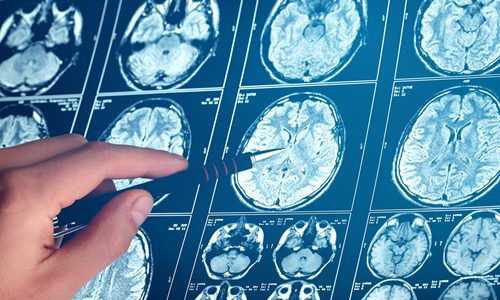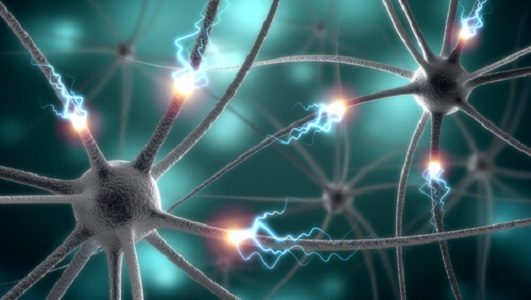The world over, life expectancy is increasing due to various reasons such as better access to health services, improved nutrition and other positive lifestyle changes. It is therefore unfortunate that we have not found a way to stem the tide of increasing cases of neurodegenerative diseases. Nevertheless, scientists are working tirelessly to understand the etiology of brain deterioration that comes with aging in the hope of finding a cure for neurodegenerative diseases.
The brain is made up of billions of cells known as neurons which facilitate vital communications in the brain. These neurons are present at birth and continue forming during the early days of life. There has been a lot of controversy as to whether adults are able to form new neurons; it is now emerging that neurogenesis in adulthood is a possibility in certain conditions.
Neurodegenerative disease is a broad term used to define diseases that occur following the loss of function and death of neurons in the brain. They have a slow onset and arise in old age laying weight to the claim that aging is linked to cognitive deterioration. As much as the symptoms of degenerative diseases may vary, the changes at the cellular level are interlinked. Symptoms may be emotional or behavioral, they include: memory loss, anxiety, agitation, mood changes, changes in gait, depression and diminished quality of life among others. When it comes to causation, genetics and environmental factors play a key role, but this will vary from one disease to the other. Common degenerative diseases include: Alzheimer’s disease, Parkinson’s disease, Motor neuron disease, Huntington disease, Spinal Muscular Atrophy, Prion disease, Multiple sclerosis and ALS.
To better understand this, let us look at a few of these conditions, how they present, risk factors and possible treatments.
Parkinson’s Disease
Parkinson’s disease occurs when neurons in the substantia nigra die; this region of the brain sends communication to the basal ganglia to cause musculoskeletal movement. The substantia nigra releases dopamine that is sent to the basal ganglia to trigger movement. When neurons in this part of the brain die, a person will have symptoms such as: resting tremor, rigidity and difficult in making movements. Initiating movement is difficult and they may need assistance. The person suffering from this may also portray emotional symptoms such as depression and anxiety. With brain deterioration also come memory deficits, lack of focus, attention deficits and slowness in processing thoughts.
Huntington’s Disease
Similar to Parkinson’s, Huntington disease affects neurons in the basal ganglia. However, Huntington disease is genetic and associated with a genetic defect in chromosome 4. This causes protein build up in the brain which results in toxicity to the brain cells. Patients will present with excessive movement that is uncoordinated. They will also have facial grimacing, jerking movements and impaired gait. The patient will also struggle to make intentional movements. Other symptoms include irritability, anxiety and rapid mood changes.
Dementia
Most neurodegenerative diseases will cause memory loss. It is believed that as the brain shrinks, memories are subsequently lost. Alzheimer’s disease and Lewy body dementia are the most common forms of neurodegenerative dementias.
Alzheimer’s Disease
This disease will present with plaques that build up in the cerebral cortex and it presents with gradual memory loss that worsens with time. It affects people aged between 40-90 years. As it progresses, patients will develop other symptoms that include: diminished reasoning skills, diminished ability to talk, diminished motor-eye coordination and emotional instability. Science has shown that acetylcholinesterase inhibitors can slow the progression of this disease.
Treatment of neurodegenerative diseases
Most neurodegenerative diseases are lifelong, with patients being advised to seek palliative treatment. But a lot of research is going on in this area and promising a lot of hope. One of the pathways being considered is stem cell therapy to replace the dead neurons. This idea is still in the pre clinical stage. A four-step approach to address neurogenerative diseases involves the following:
Neuroprotection: measures to protect brain cells from neurodegradation
Neuroplasticity: stimulating neurons to form new connections to adapt to changes such as injuries
Neuroenhancement: measures to enhance cognitive functions
Neurogenesis: Triggering brain cells to regenerate


